Mushroom Protocol 12
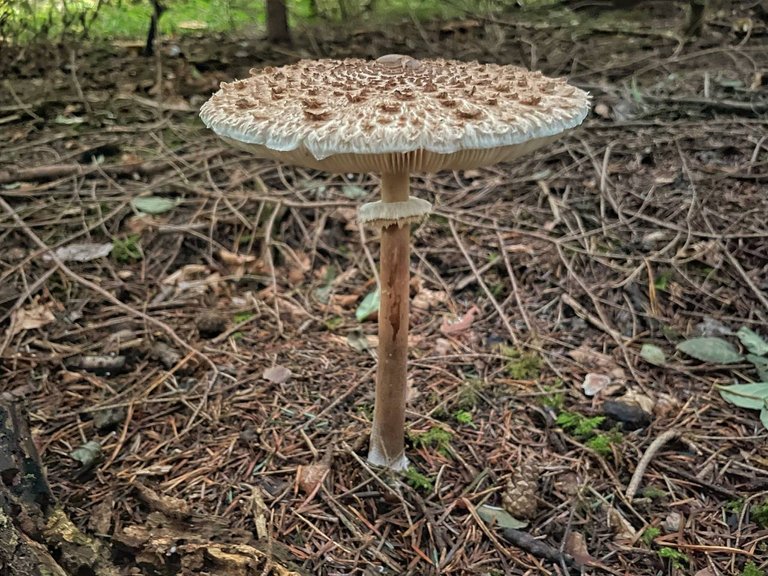
iphone 12 mini
Introduction
Dear FungiLovers Hivemind
This month has been super exciting for all mushroom lovers out there, specially around this part of the world. We enjoyed a lot of rain, and so did the hyphae, that gifted us beings of earth a lot of fungal fruit bodies.
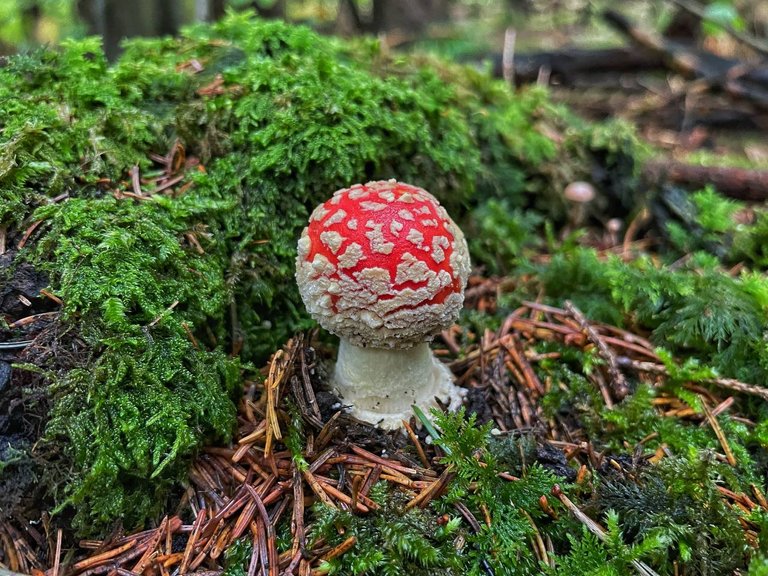
This month gave me a very special opportunity to brush up my skills and inarguably join the Zurich Association for Mycological Studies on their weekly mushroom identification evenings.
This time i'd like to keep it simple and crisp.
The Mushroom Trend
In my previous post I went out with @pipalangstrumpf and @light-walker. We met at a place where I do occasional Sevā and will be cooking lunch twice this October. It has also become the meeting place for mushroom excursions organised by the three of us.
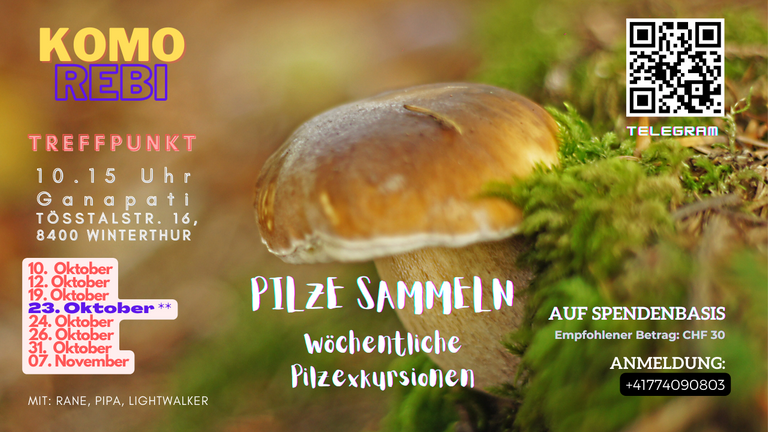
Flyer for our excursions
So far we had two excursions already and it was about more than just mushroom hunting. It was about being in the forest, respecting it and mindfully paying attention to the beauties of nature.
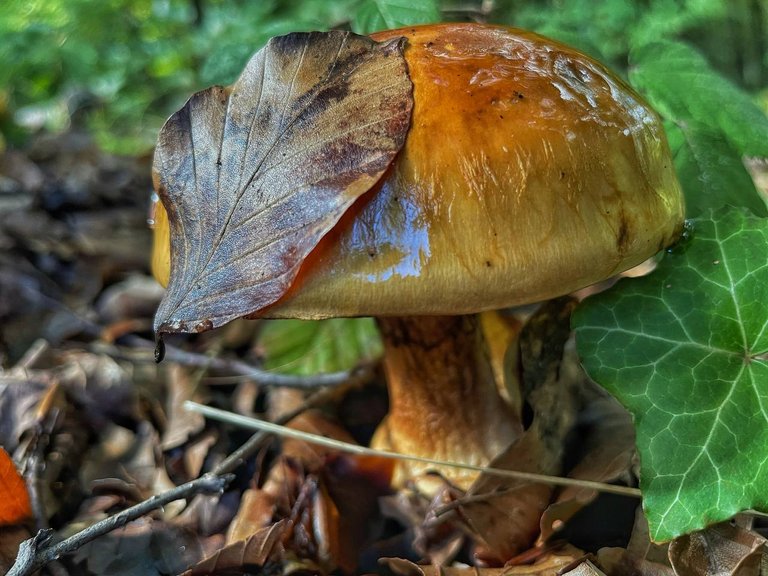
@sandymeyer told me that this year, statistically the amount of poisoning through mushrooms by often inexperienced hunters and unwary individuals increased by a suggestive amount according to mushroom auditing checkpoints.
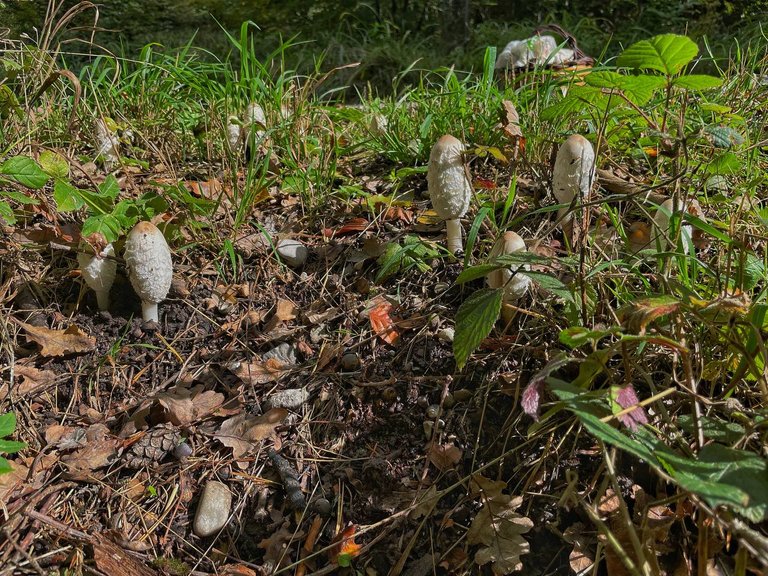
Recap
In my previous post Mushroom Protocol 11 , we went over 3 mushrooms.
Namely:
- The Sarcodon imbricatus, shingled hedgehog
- The Clitopilus geminus, dryad's saddle
- The Fistulina hepatica, Beefsteak Fungus
So far we covered:
- The Scleroderma citrinum or earthball
- The Craterellus cornucopioides or horn of plenty
- The lycoperdon or puffball
- The Boletus calopus, bitter beech bolete or scarlet-stemmed bolete
- The Hygrocybe punicea, Crimson or waxycap
- The Hypholoma fasciculare, sulphur tuft
- The Hericium Erinaceus, Lion's Mane
- The Gyroporus castaneus, chestnut bolete
- The Stabilomyces Stabilaceus, old man of the woods
- The Hydnum repandum, hedgehog mushroom
- The Hericium Erinaceus, Lion's Mane
- The Coprinopsis atramentaria, ink cap
- The Hericium cirrhatum, tiered tooth fungus
- The Armilliria ostoyae, Dark Honey Fungus
- The Laccaria Amethystina, amethyst deceiver
- The Omphalotus illudens, eastern jack-o'lantern
- The Armilliria ostoyae, Dark Honey Fungus
- The Laccaria Amethystina, amethyst deceiver
- The Omphalotus illudens, eastern jack-o'lantern
- The Clitocybe nebularis, , Clouded Agaric
- The Amanita Muscaria, , Fly Agaric
- The Pholiota squarrosa, , shaggy scalycap
- The Clitocybe nebularis, , Clouded Agaric
- The Amanita Muscaria, , Fly Agaric
- The Pholiota squarrosa, , shaggy scalycap
- The Clitocybe nuda,, Wood Blewit
- The Pleurotus ostreatus,, Oyster Mushrooms
- The Lactarius deliciosus, , saffron milk cap
- The Boletellus obscurecoccineus, rhubarb bolete
- The Sarcoscypha austriaca, scarlet elfcup
- The Daedalea quercina, oak mazegill
- The Daldinia Childiae, Carbon balls
- The Formitopsis pinicola, red-belted conk
- The Stereum subtomentosum, Yellowing Curtain Crust
- The Laetiporus sulphureus, chicken of the woods
- The Polyporus Squamosus aka Cerioporus squamosus, dryad's saddle
- The Boletus reticulatus aka Boletus Aestivalis, Summer Cep
While identifying mushrooms one should be very careful and consult the advice of a specialist. Mushrooms that aren't identified properly and ingested can cause intestinal stress, could be very toxic or even poisonous. In some cases they can even cause death. This blog content is only for personal and educational purposes and not a guide on mushroom picking.
Mushrooms
Echinoderma asperum, freckled dapperling
* careful! Toxic
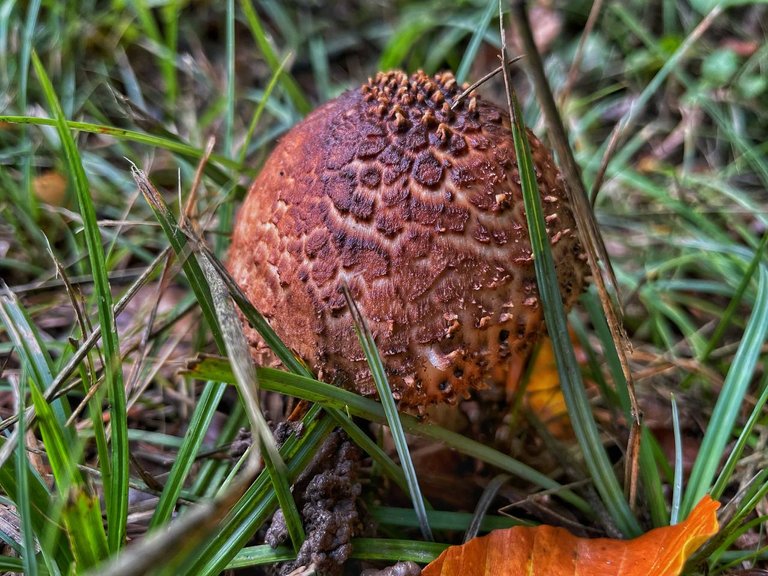
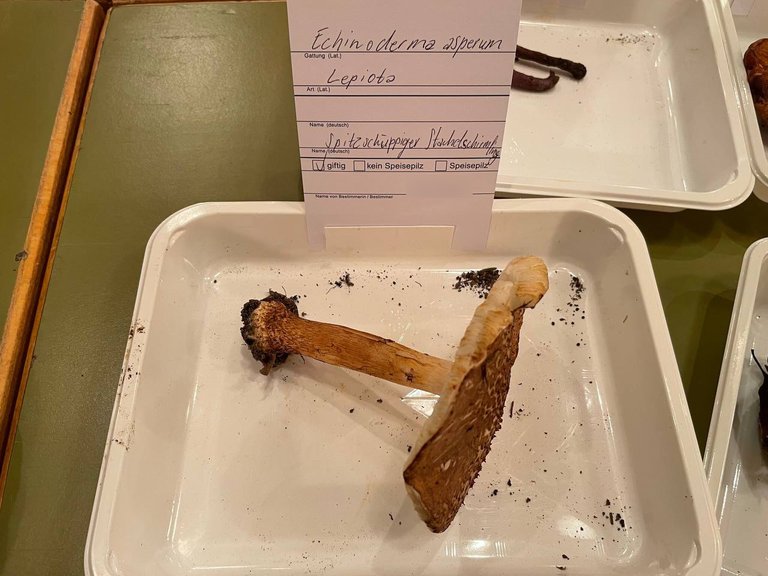
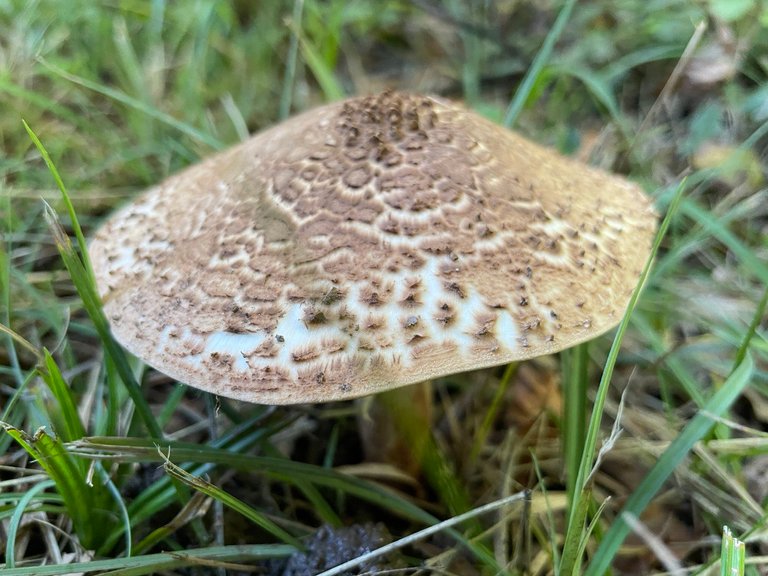
Freckled dapperling is apparently often mistaken for a Parasol or Macrolepiota.
| Class | Agaricomycetes |
| Division | Basidiomycota |
| Family | Agaricaceae |
| Order | Agaricales |
| Genus | Echinoderma |
| Scientific Name | Echinoderma asperum |
| Appearence | Conical then convex or bell-shaped and finally expanded with a broad umbo; cream or ochre background covered in pyramidal brown scales 1-2mm tall in concentric rings.
Cap diameter at maturity ranges from 1.5 to 5cm.GillsThe free, crowded gills are pinkish cream, becoming browner with age; they are interspersed by intermediate gills of varying lengths.Stem2 to 4cm long and 2.5 to 8mm in diameter; pinkish, the lower part covered in pointed brown scales, darkening towards base. The woolly stem ring is fragmentary. Source |
| Habitat | A rare find, this lovely dapperling favours mixed woodland on calcareous soil. The pointed scales on the cap, the fragmentary stem ring, and intermediate gills of varying sizes all help to differentiate between Echinoderma echinaceum and the many other similar smallish pale-capped dapperlings. Source |
| Type | Mycorrhizal |
| Culinary | Not edible |

Hygrophorus eburneus, ivory waxy cap
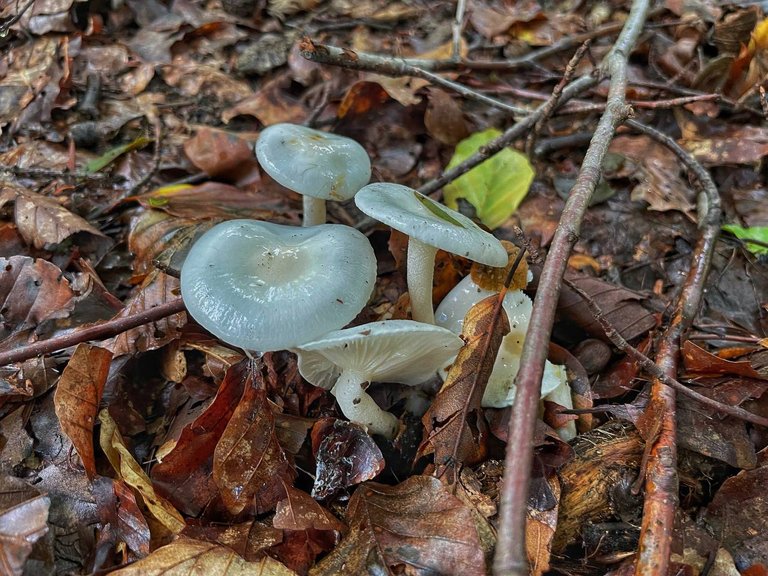
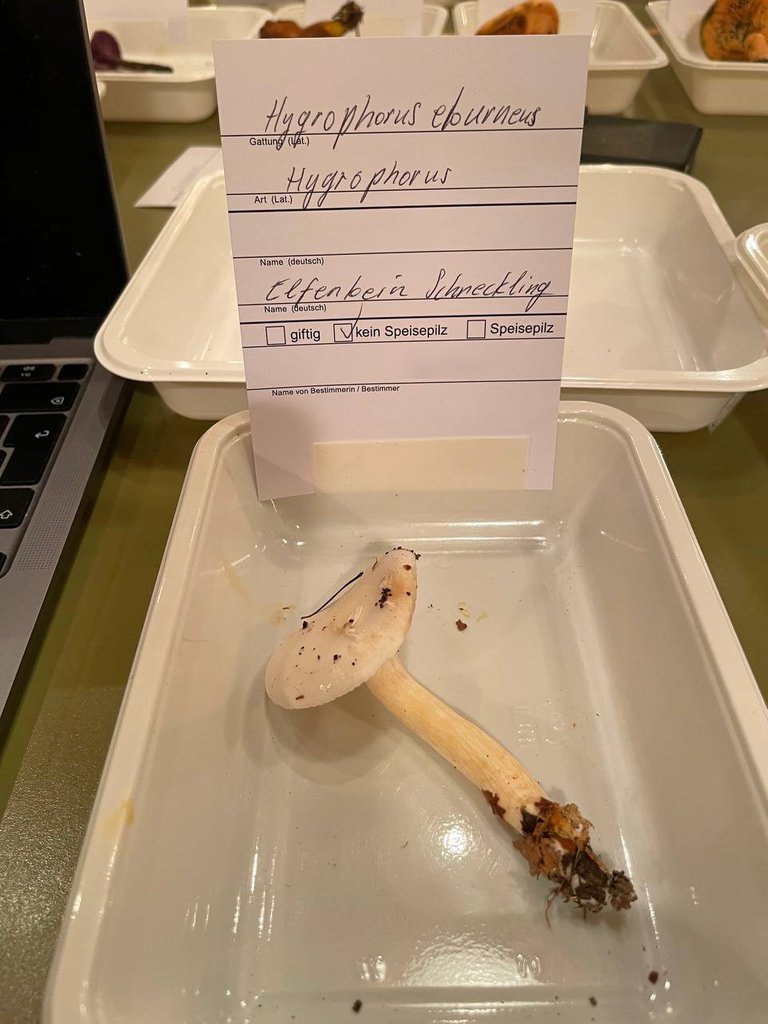
The next mushroom is very interesting as it is very common where I live, but considered inedible. While edible in other regions on our planet, it exhibits to have medicinal value. The reason for this is the heavy metals it contains.
| Class | Agaricomycetes |
| Family | Hygrophoraceae |
| Order | Agaricales |
| Division | Basidiomycota |
| Scientific Name | Hygrophorus eburneus |
| Common Name | ivory waxy cap |
| Appearence | Fairly common on woodland edges, the Ivory Waxcap is mycorrhizal with Beech trees and with oaks. These woodwax fungi seem to be fairly tolerant of soil disturbance, as they sometimes appear on muddy tree-lined roadside verges. Cap: White or ivory; convex, becoming flat; very slimy; 2 to 6cm across. Gills: White; distant; decurrent. Stem: White; tapering slightly towards base; usually curved; 3 to 7cm long, 0.5 to 1cm diameter. The stems of mature specimens usually become hollow. Source |
| Odeur | Said by some authorities to smell like injured larvae of the Goat Moth, Cossus cossus, from which this woodwax’s synonymous name Hygrophorus cossus originated. How anyone comes to be an expert on such odours I must leave to your imagination! Hygrophorus cossus is considered by some authors to be a separate species. |
| Culinary | This fairly common woodland mushroom is reported to be edible, but because of its relative scarcity (compared with many other edible woodland fungi), its sliminess and its small size, the Ivory Woodwax is not generally gathered for its culinary value. We have no recipes for this species. In Switzerland it's reported to be inedible |
| Habitat | Under Beeches and oaks. |
| Medicinal Properties | I found a really interesting article about it's neuroprotective, antimicrobial, antioxidative and anticancer activities.Bactericidal/fungicidal activityEight unusual fatty acids with bactericidal and fungicidal activity have been isolated from Hygrophorus eburneus (Teichert et al., 2005). These fatty acids, which all contain a so-called γ-crotonate partial structure, are named as follows: (2E,9E)-4-oxooctadeca-2,9,17-trienoic acid (2E 11Z)-4-oxooctadeca-2,11,17-trienoic acid (E)-4-oxohexadeca-2,15-dienoic acid (E)-4-oxooctadeca-2,17-dienoic acid (2E, 9E)-4-oxooetadeca-2,9-dienoic acid (2E, 11Z)-4-oxooetadeca-2,1 I-dienoic acid (E)-4-oxollexadec-2-enoic acid (E)-4-oxooctadec-2-enoic acid Source |

Coprinus comatus, Shaggy Mane
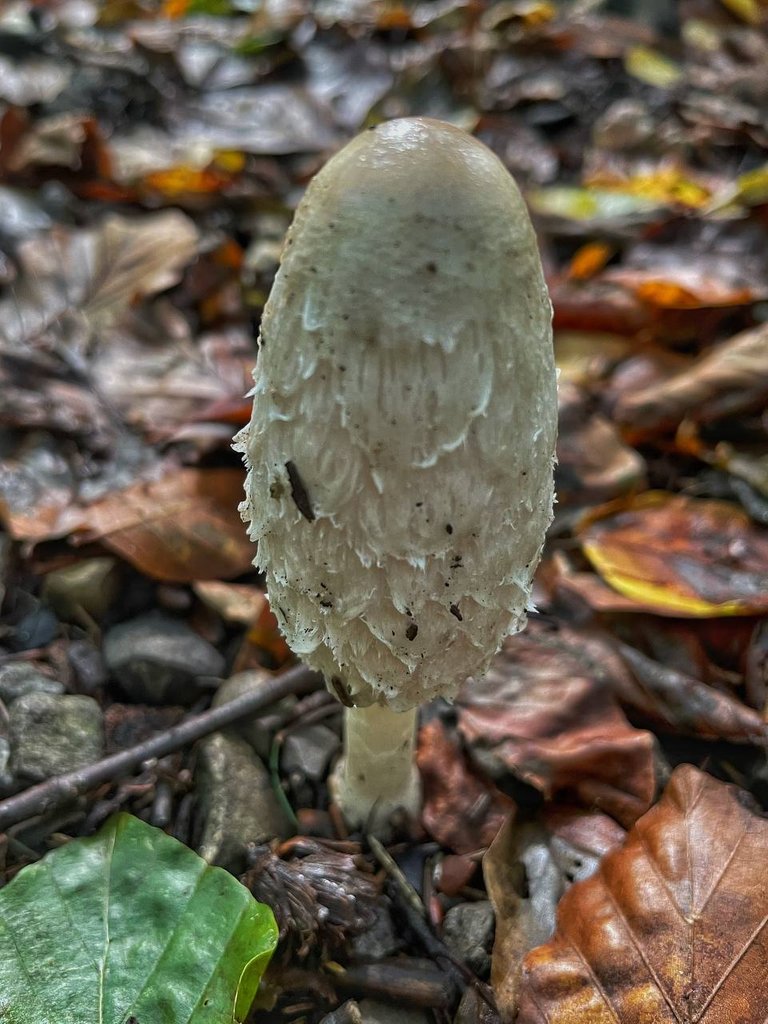

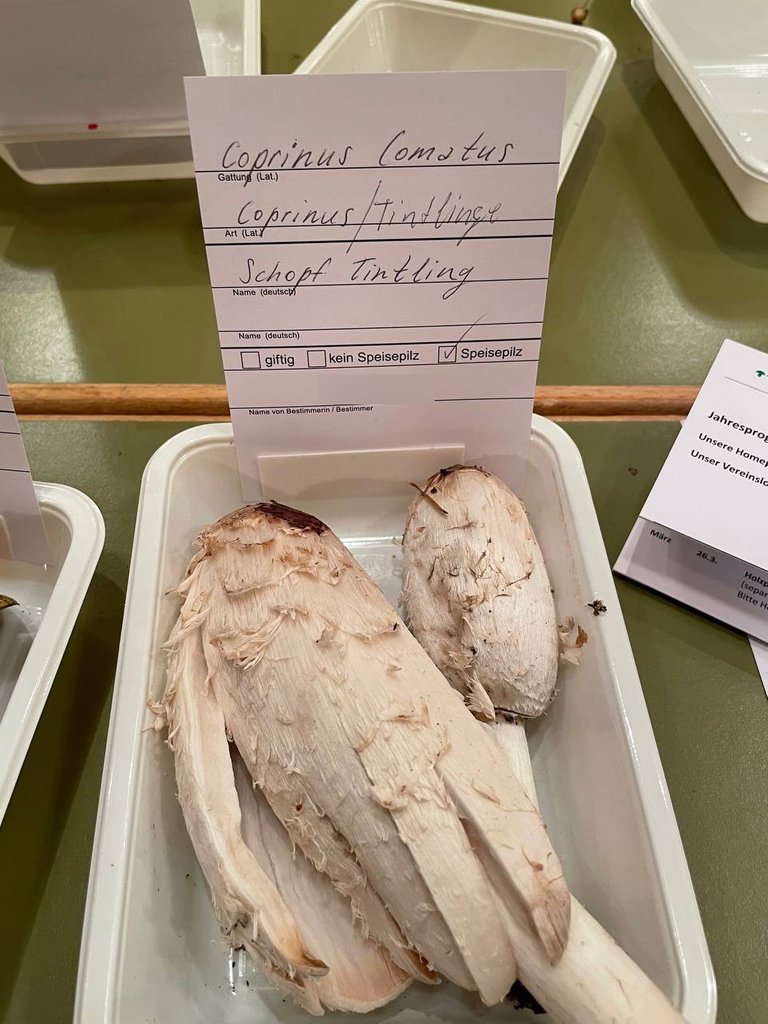
| Class | Agaricomycetes |
| Division | Basidiomycota |
| Order | Agaricales |
| Family | Agaricaceae |
| Genus | Coprinus |
| Scientific Name | Coprinus comatus |
| Common Name | shaggy mane |
| Appearence | common occurrence to see trouping groups or long lines of these distinctive and stately mushrooms growing in woodland glades. Cap: Initially egg-shaped and opening into a long bell, the shaggy caps of Coprinus comatus are at first pure white with a pale brown area at the top that breaks up into large recurved scales. In dry weather the whole of the cap breaks into pale flaking scales that stand out from the cap surface. Rain flattens the scales, as has happened in the case of the group shown here.Typically 5 to 10cm but occasionally 15cm tall and up to 6cm in diameter, the white caps of the Shaggy Inkcap darken and deliquesce from the lower edge, eventually leaving just the stipe with a very small black disc perched on top. Gills : The adnexed to free gills of Coprinus comatus are crowded and initially white. They soon turn pink and then black before deliquescing (liquefying) from the outside edge. Stem: The stem of the Shaggy Inkcap is parallel sided, 10 to 15mm diameter and up to 30cm tall; white, quite brittle, and hollow.The stem ring becomes stained with black spores; it soon becomes movable and often falls down to the base of the stem. Source |
| Habitat | Saprobic; on grass verges and lawns, at the edges of footpaths, and in open woodland. Shaggy Inkcaps often appear in small groups and occasionally in long, wandering lines or fairy rings. Source |
| Culinary | The Shaggy Inkcap is a good 'second division' edible species although lacking somewhat in flavour compared with Ceps, Morels or Chanterelles. It can be used to make soups or sauces to be served with meat dishes, or simply cut into strips and fried. The most important thing is to make absolutely sure that the fruitbodies you use are young and fresh, because as they age these fungi deliquesce and become an inedible sticky mess. Shaggy Inkcaps are an ideal 'breakfast mushroom', gathered when young and fresh and then cooked and eaten right away. It is important to consume these mushrooms within an hour or two of gathering them, as they deteriorate very quickly even if kept in a refrigerator. Source |
| Medicinal | Carbohydrates Using the Limulus Factor G test, the amount of (1→3)-β–glucan has been quantified in C. comatus (in addition to various other fungi). The Limulus Factor G test is normally used to measure the (1→3)-β–glucan content in human serum resulting from infection by disease-causing fungi like Candida or Aspergillus, to help clinicians in early diagnosis of infection. However, it is also suitable for detecting (1→3)-β-glucan content in crude mushroom polysaccharide extracts. C. comatus was identified as having ‘superior’ (1→3)-β–glucan content, compared to 18 other medicinal or edible species (Yang et al., 2003). The chemical structure of a water-soluble fucogalactan obtained from the crude intracellular polysaccharide of Coprinus comatus mycelium was characterized by sugar and methylation analysis along with 1H and 13C NMR spectroscopy. The polysaccharide is composed of a pentasaccharide repeating unit (Fan et al., 2006).Anti-tumor activity The water extract of Coprinus comatus was recently identified as containing potent antitumor compounds for breast cancer. Because breast cancer is the most commonly diagnosed cancer among women worldwide, and because there is no effective therapy for estrogen-independent (ER-) breast cancer, these findings are highly significant. The antitumor potential of the water extract was shown to manifest itself in three ways: 1) it inhibited the growth of both ER+ and ER- breast cancer cells 2) it induced both ER+ and ER- cells to die (apoptosis) 3) it inhibited tumor colony formation in vitro(Gu and Leonard, 2006) An alkaline protein named y3, purified from fruiting bodies of C. comatus, was shown to inhibit a gastric cancer cell line with an IC50 of 12 µg/mL (Wu et al., 2003). Serum lysozyme activity is used as a general indicator of immune system fitness. In addition to breaking down polysaccharides found in bacterial cell walls, lysozyme can also bind to the surface of some invading bacteria and make it easier for white blood cells to engulf them. Chinese research has shown that polysaccharide solutions extracted from C. comatus and given to mice had the ability to increase serum lysozyme activity (Li et al., 2001). Hypoglycemic effectsA number of studies have demonstrated that consumption of C. comatus can help regulate blood glucose concentrations. Feeding mice a diet containing powdered dried fruit bodies of C. comatus (one-third of their food intake, by weight) reduced their plasma glucose concentrations and improved intraperitoneal glucose tolerance. Also, body weight gain was halted, even though total energy intake was not substantially reduced. Plasma glucose was marginally lowered 10 hours after intragastric administration of dried C. comatus (3.6 g/kg body weight). The results suggest a slowly generated, mild hypoglycemic effect of C. comatus in normal mice, accompanied by metabolic effects capable of interrupting body weight gain (Bailey et al., 1984). In other studies, the hypoglycemic activity of fermented mushroom of Coprinus comatus rich in vanadium was investigated. Vanadium salts have insulin-mimetic activity, and vanadium compounds are being studied as potentially orally active replacements for insulin. Vanadium salts mimic most of the effects of insulin in vitro and also induce normoglycemia and improve glucose homeostasis in insulin-deficient and insulin-resistant diabetic rodents in vivo. One study showed that Coprinus comatus fermentation liquid and sodium vanadate inhibited ascension of blood glucose in mice (Han et al., 2003). The blood glucose and the HbA1c (glycosylated hemoglobin – used to measure plasma glucose concentration) of the mice were analyzed. Also, the sugar tolerance of the normal mice was also determined. After the mice were given the vanadium-rich mushroom mycelia, the blood glucose and the HbA1c of hyperglycemic mice decreased, ascension of blood glucose induced by adrenalin was inhibited and the sugar tolerance of the normal mice was improved. Also, the body weight of the alloxan-induced hyperglycemic mice was increased gradually. In the fermented mushroom of C. comatus, vanadium at lower doses in combination with C. comatus, induced significant decreases of the blood glucose and HbA1c levels in hyperglycemic mice (Han et al., 2006). Polysaccharides extracted from the mycelial culture of C. comatus and administered intraperitoneally into white mice at a dosage of 300 mg/kg inhibited the growth of Sarcoma 180 and Ehrlich solid cancers by 100% and 90%, respectively (Ohtsuka et al., 1973). Anti-nematode activityCoprinus comatus is known to contain compounds that kill nematodes (Li and Xiang, 2005). Specifically, this fungus immobilizes, kills and uses free-living nematode Panagrellus redivivus and root-knot nematode Meloidogyne arenaria. It does so by making a structure called a ‘spiny ball’, a burr-like structure assembled with a large number of tiny tubes. Nematodes added to C. comatus cultures grown on nutrient agar become inactive in hours. Electron microcopy shows that C. comatus infects P. redivivus by producing penetration pegs from which hyphae colonize nematode bodies. Within days, the infected nematode is digested and consumed by mycelial hyphae. It is thought that this may be a mechanism to help the fungus thrive in nitrogen-poor environments (Luo et al., 2004). Antioxidant activityOver fifty years ago, shaggy-manes were found to contain ergothioneine, a thiol compound with antioxidant properties (List ,1957). The anti-oxidant activity was later confirmed (Badalyan et al., 2003).Source |
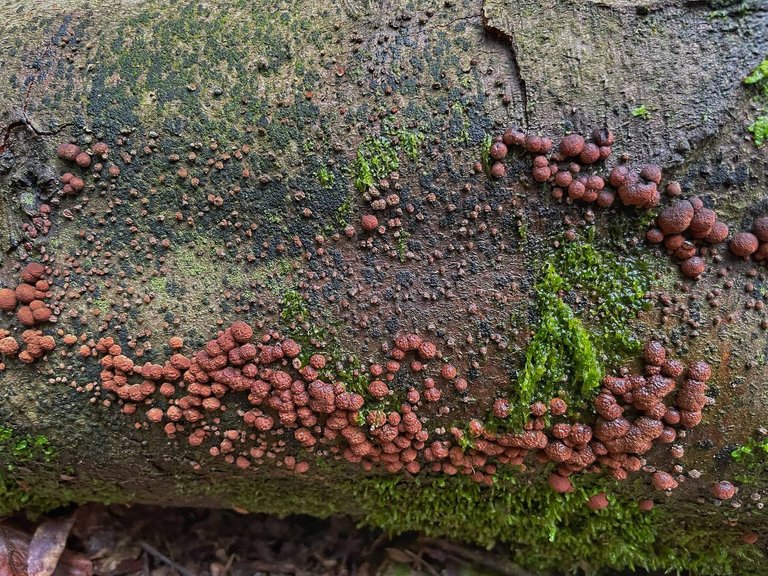
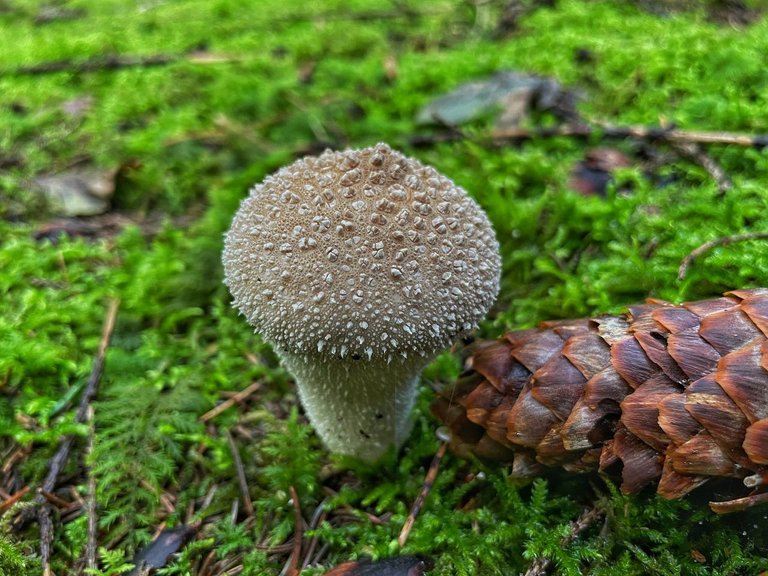
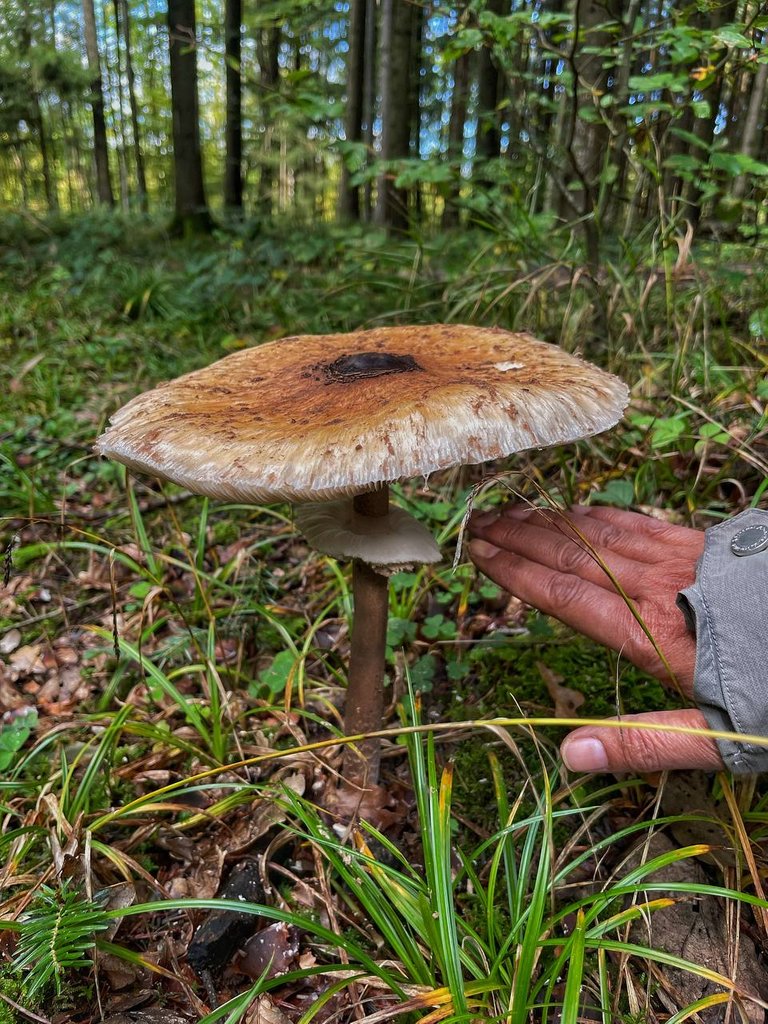
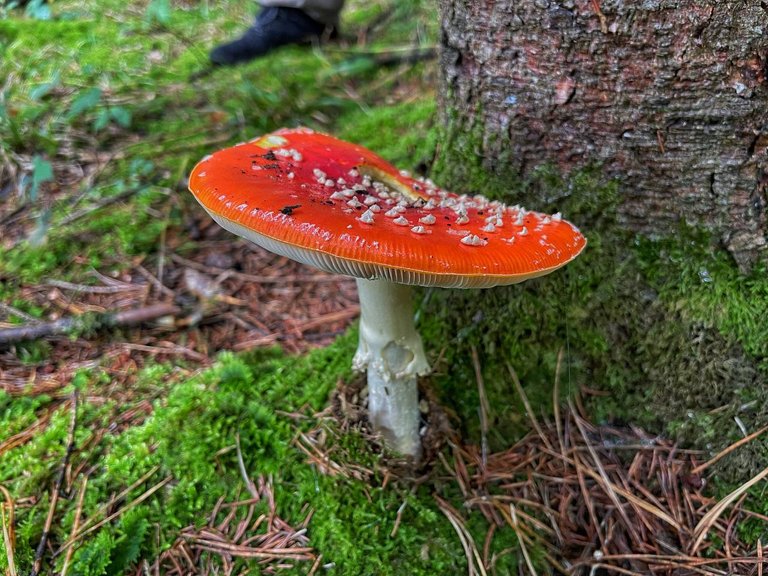


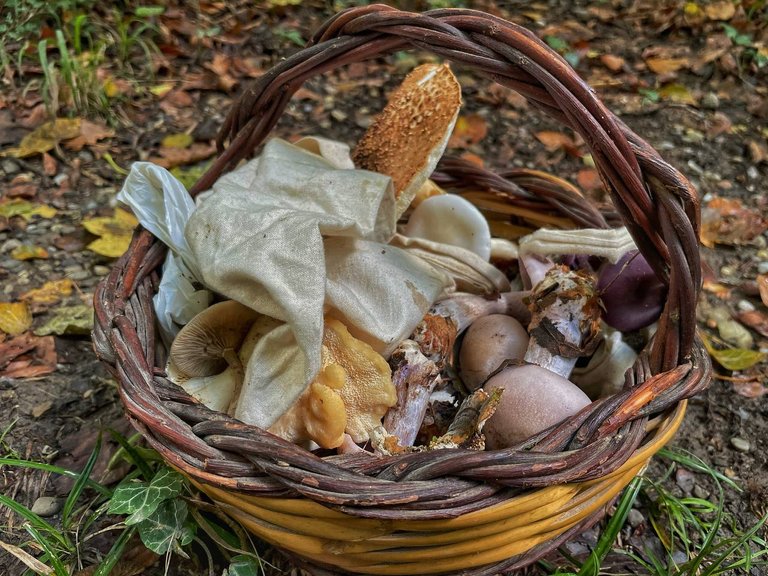
Conclusions
After a few excursions, one of them really had me stuck with a thought. Imagining that for example the Cortinarius, in the genus of agarics has more than 2000 species and out of them there are 500 known around here, felt overwhelming. When I arrived to identify some of my finds at the mycology association, I wish I had a machine that would make those few hours go by slower. I had way more than 3 mushrooms and wanted to step up my mushroom game a bit more.
Meanwhile all the science I came across is motivating me to start another series of posts I will call Mycology or Mycorevolution. Let me know your thoughts.
Thank you for reading
Best Wishes
Rane
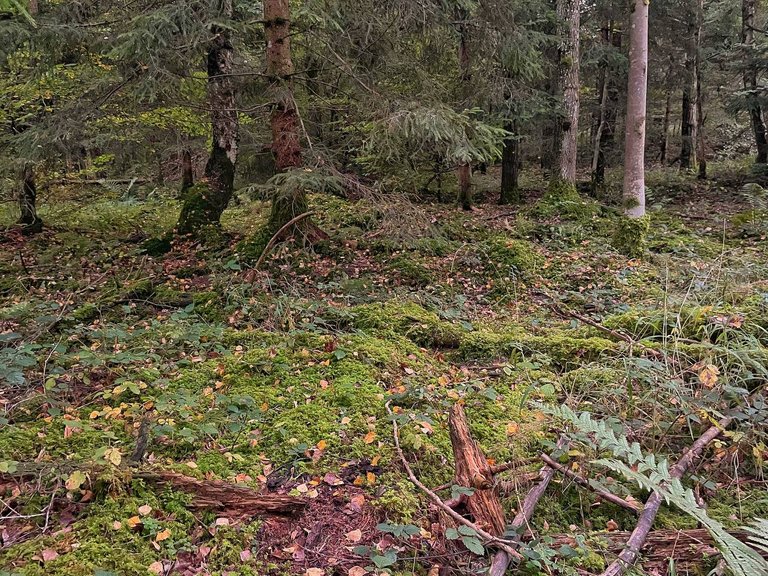
Previous Posts on Mushrooms:

Posts about Wild Herbs:

Vanishing
Dong Chang 东厂
aka Rane

"...That inner ecstasy of the mind is the secret fountain of perpetual youth and strength in any man. He who finds it finds onmipotence and onmiscience."
- Walter Russell
"An empty, white canvas is like and endless void that could house anything in this universe. If my heart feels sad and life squeezed that last drop out of me, can my soul replenish and fill it with the infinity of creation. But first I must start by forgetting and emptying..."
- @yangyangje

Feel free to tip Wallets for support:
Bitcoin
3Mvofn1VynU168DuYtMsDqnUMSw7nQ8JEQ
Ethereum, XDAI, Polygon, Binance Smart Chain...: 0x0398edefB9d18A6a7c9fe573bdeedB7797283Ae5
Tezos:
tz1iSv5gWfPqUqaGChhfX8Vj3yquj36fad2Y
Cosmos:
cosmos1l66z8kxxgvftw7cprz5dlzvzm4tyefhrvm3w03
Solana:
9AmMfaerhNgsz2maByDUGrPMKYQRVeYQXJvCe9n48Fti
Terra
terra1m7q65zpa8y2zamjxqtnt43tprm36utkckdqf3a
Osmosis
osmo1l66z8kxxgvftw7cprz5dlzvzm4tyefhryqz7er


| 10 HP | 20 HP | 30 HP | 100 HP | 250 HP | 500 HP | 1000 HP | 2000 HP | 5000 HP |
|---|

Delegate to the Mind Force Gathering @mind.force and support more than artist on the hive blockchain.
| 10 HP | 20 HP | 30 HP | 100 HP | 250 HP | 500 HP | 1000 HP | 2000 HP | 5000 HP |
|---|


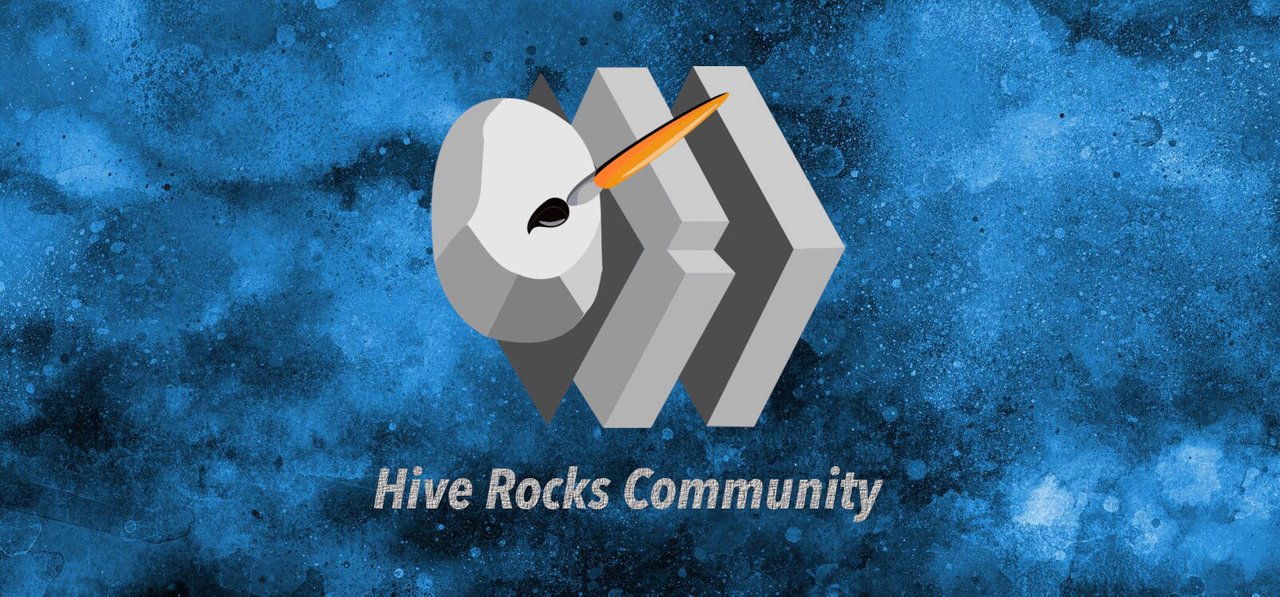 Admin at the Hive Rocks Community
Admin at the Hive Rocks Community

It's mind blowing the amount of fungi species that exist. The more I learn the more my fascination with them grows. The role they play in nature, how they are the support system for earth itself. I am in my second week now of my online cultivation course and it is amazing.
Thank you for sharing these wonderful mushrooms with us, it makes me long to be in the forest xxxxx
Imagining that the symbiotic relationship makes up one epiorganism really gives rise to the thought process that cellular intelligence is more complex and divine in this essence. It makes us rethink the dynamics and makes me so thoughtful. So many species of fruits. Truly mind boggling! Thanks for stopping by my friend.
This post has been manually curated by @bhattg from Indiaunited community. Join us on our Discord Server.
Do you know that you can earn a passive income by delegating to @indiaunited. We share 100 % of the curation rewards with the delegators.
Here are some handy links for delegations: 100HP, 250HP, 500HP, 1000HP.
Read our latest announcement post to get more information.
Please contribute to the community by upvoting this comment and posts made by @indiaunited.
Congratulations @yangyanje! You have completed the following achievement on the Hive blockchain and have been rewarded with new badge(s):
Your next target is to reach 30000 upvotes.
You can view your badges on your board and compare yourself to others in the Ranking
If you no longer want to receive notifications, reply to this comment with the word
STOPSupport the HiveBuzz project. Vote for our proposal!
Another great post, and a pretty pleasurable excursion. Mushrooms in your photos look splendid and dangerous. From the cards included, I noticed the German name for Coprinus comatus is 'Schopf Tintling' - what does it mean? curious.
!BEER
Really cool of you to stop by my dear friend. Always excited and your comments light me up. Schopf can be like a bun(hair), but also like a tube from a baby bottle. Tintling referred to the Ink. The Coprinus comatus is a truly interesting mushroom.
Thank you! I am always curious to know how it is constructed on the language level. I.e. in German this mushroom's name is a mix of 'Inky anbd hairy'. Nice! ;))))))
In English, I am in the know, it is not only 'shaggy mane', but also 'lawyer's whig' and inky shroom. Indeed, intresting and very photo-friendly mushroom. Happily it is not rare at all! I can see it every year, I know a few spots in the area around me, and sometimes encounter it in new places as well. 😎
Have some Hive !PIZZA your way...
Yay! 🤗
Your content has been boosted with Ecency Points, by @hive-166168.
Use Ecency daily to boost your growth on platform!
Support Ecency
Vote for new Proposal
Delegate HP and earn more
It's crazy to me because some of the same fungi grows in the United States. I literally found mushrooms in Arizona, USA that my friend finds in Finland which is crazy.
Brian, Thanks for dropping that comment. I can imagine. I was just wondering the same. I'm about to do a trip to the Himalayas and hope I can find some mushrooms out there and actually apply what I know. The US has some beautiful habitats and biomes to explore. Specially around those mountains.
PIZZA Holders sent $PIZZA tips in this post's comments:
@qwerrie(2/5) tipped @yangyanje (x1)
Learn more at https://hive.pizza.
View or trade
BEER.Hey @yangyanje, here is a little bit of
BEERfrom @qwerrie for you. Enjoy it!Learn how to earn FREE BEER each day by staking your
BEER.Dear @yangyanje,
May I ask you to review and support the new proposal (https://peakd.com/me/proposals/240) so I can continue to improve and maintain this service?
You can support the new proposal (#240) on Peakd, Ecency, Hive.blog or using HiveSigner.
Thank you!